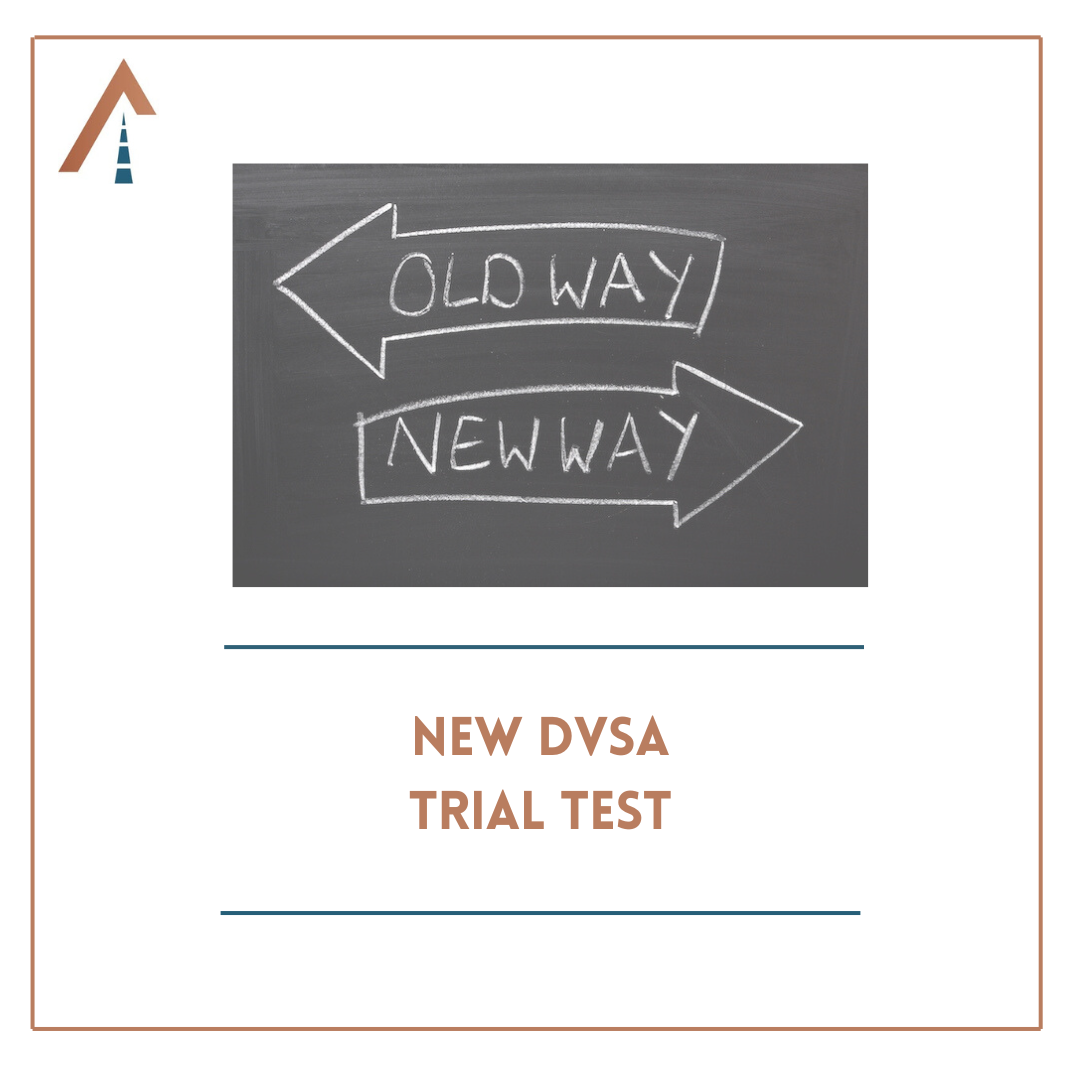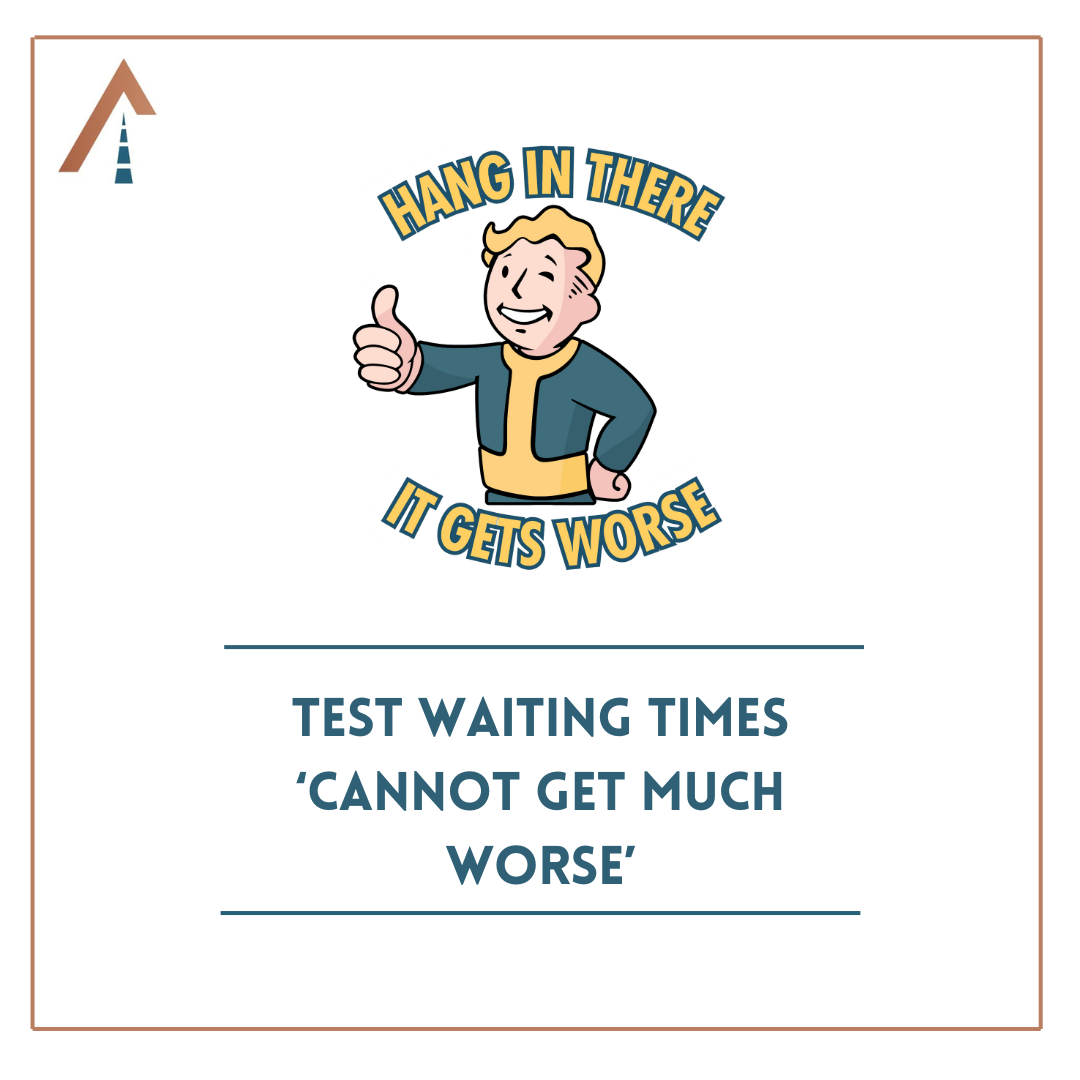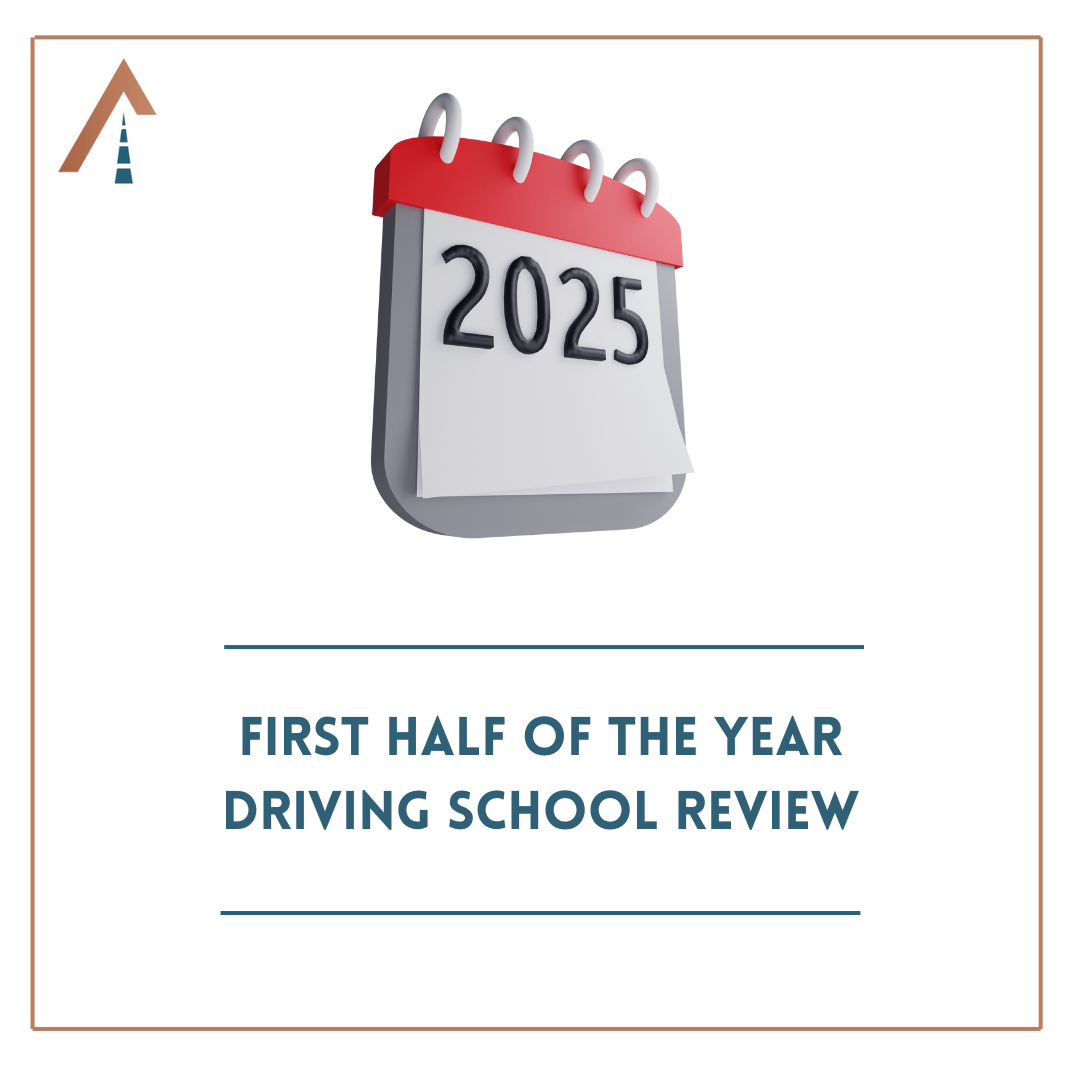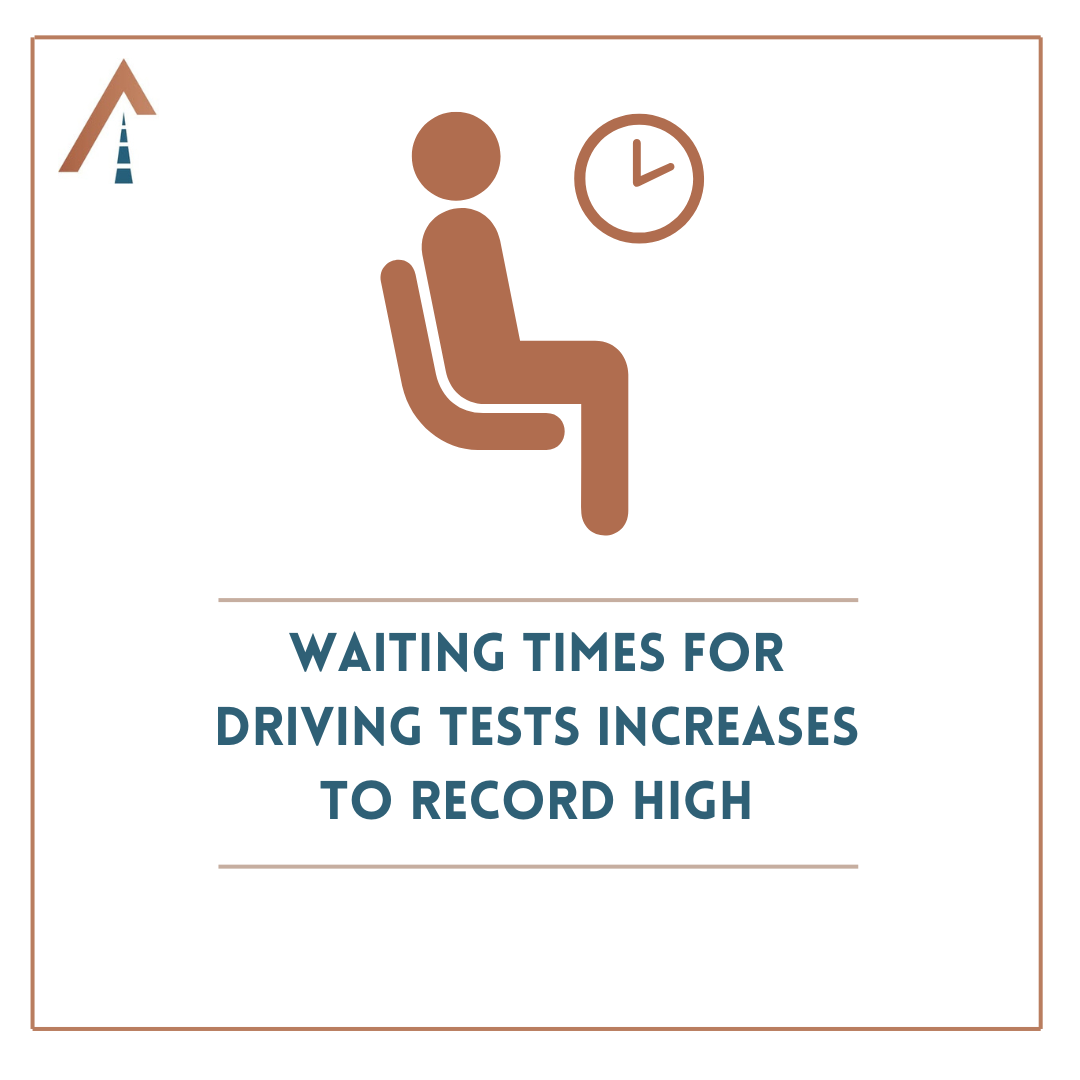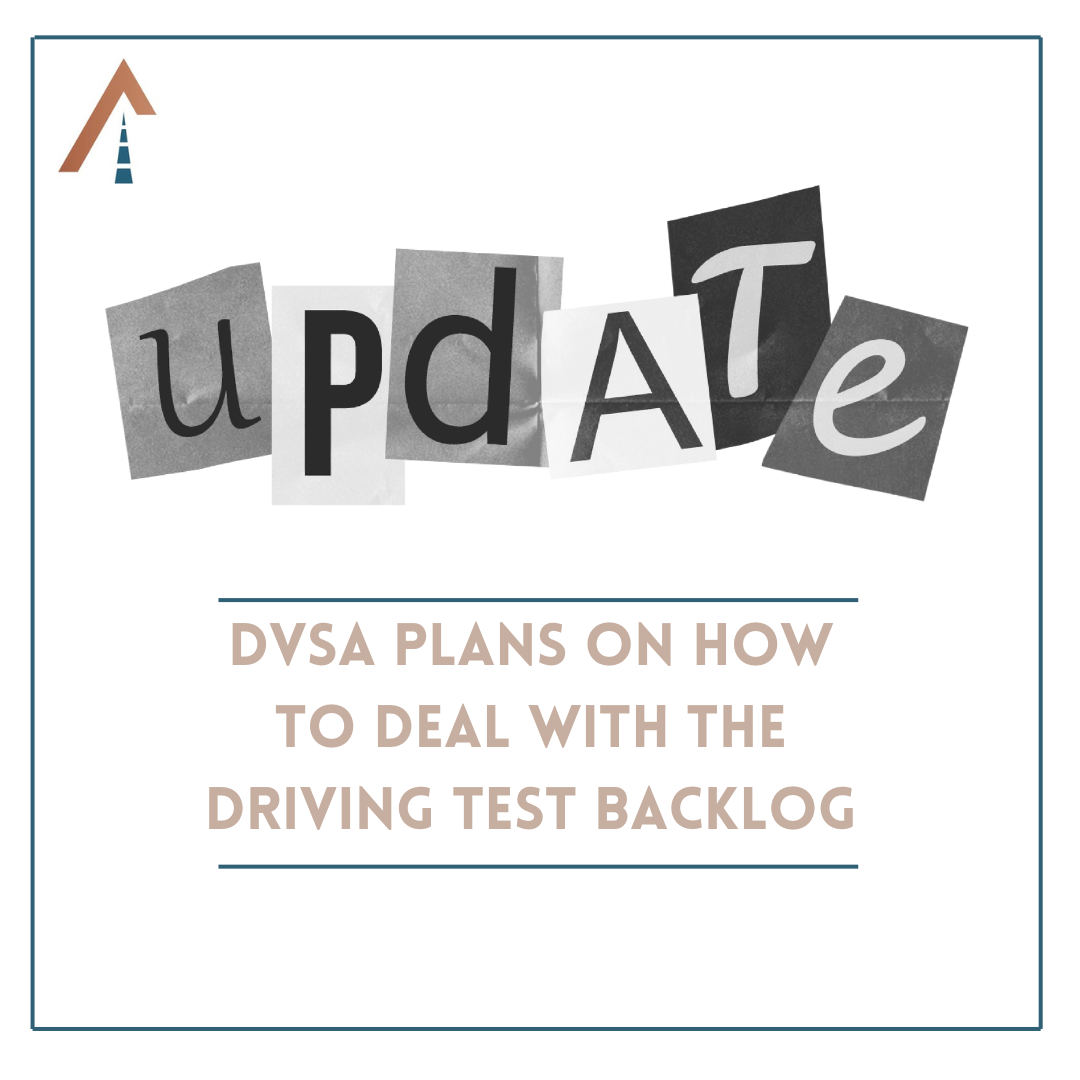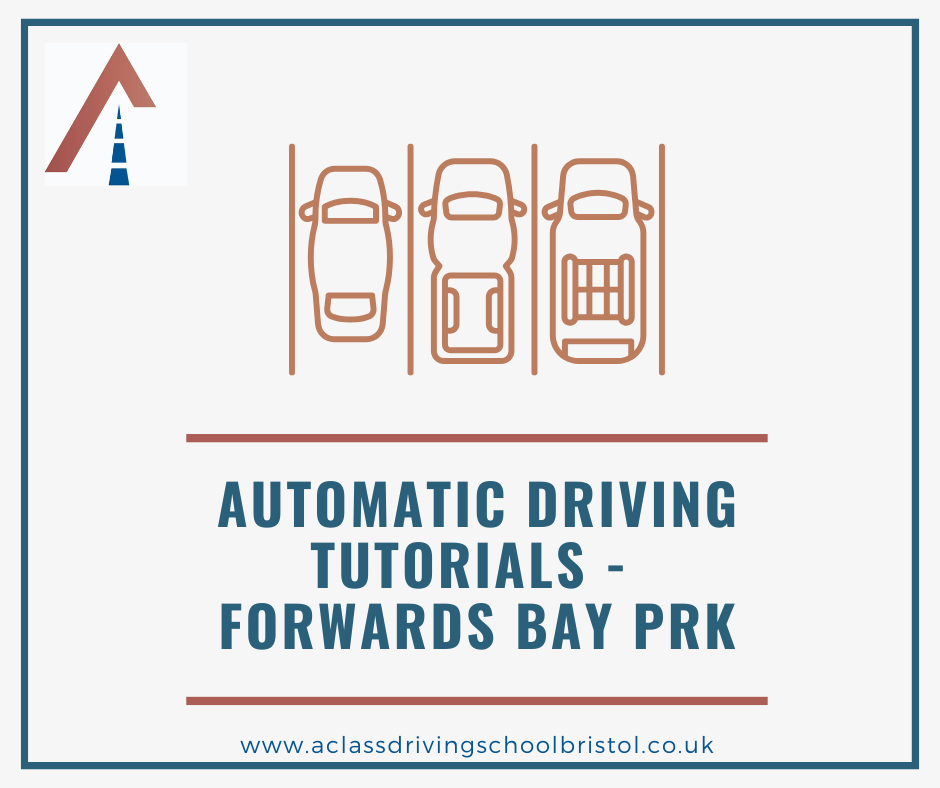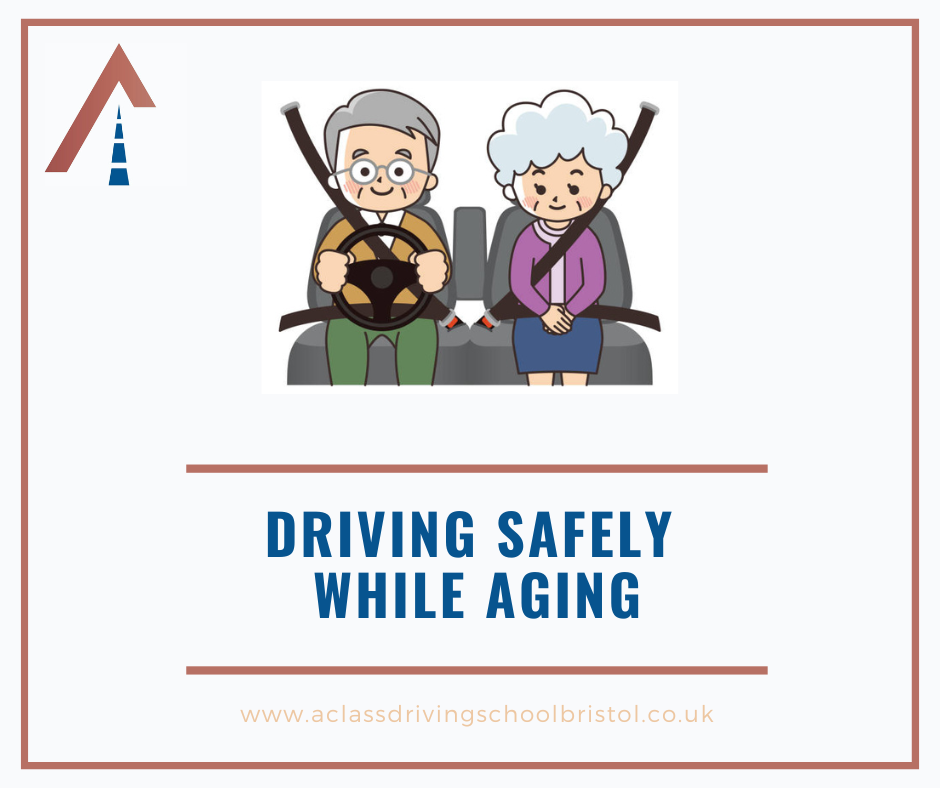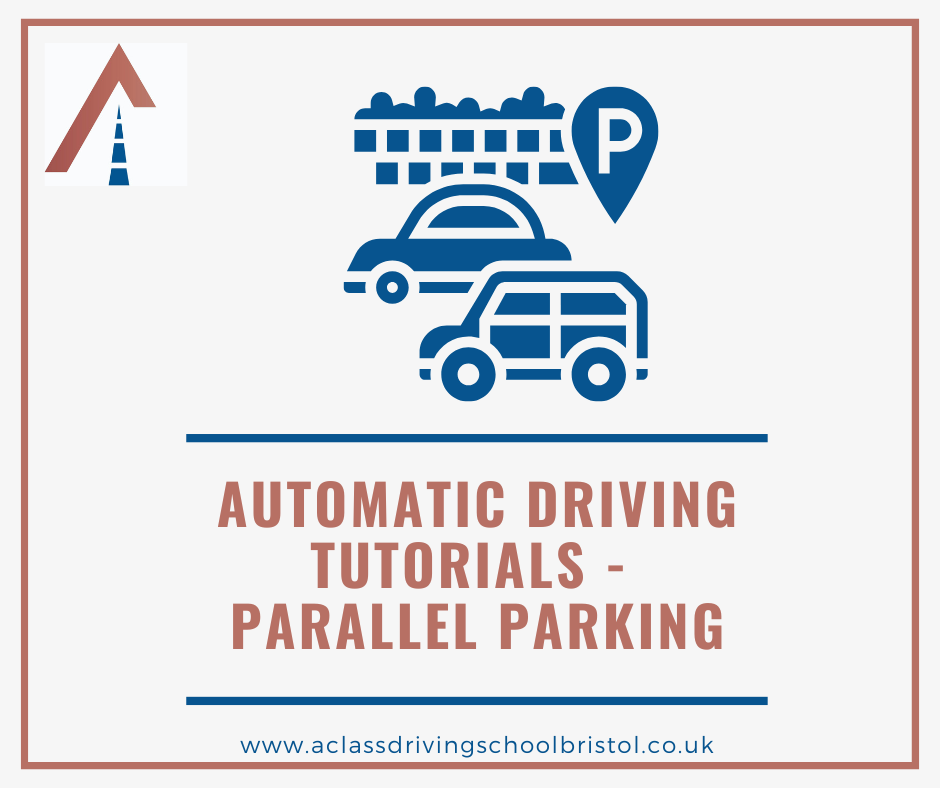Meeting Situations Cheat Sheet
Meeting Situations - Cheat sheet for parent teachers
Our focus for this blog is to help non-driving instructors teaching their children how to deal with meeting situations.
For me, this is the hardest aspect of driving for beginners. They need to be able to size up a situation, come up with a plan and implement it all within the blink of an eye. The more experience they have, the easier it becomes.
Meeting is all to do with how traffic gets past one another on narrower roads. Who has priority? What should I do? How is it done? Are the three main question that need to be constantly asked and answered.
What you do not want to do here is impose your own ideals on what space is big enough to squeeze through. Examiners are very funny over clearance distances. That's the space between cars. Anything deemed too close, or too fast when things get narrow, they'll go straight to the fail column.
One meters clearance (diagram A)
This is what students should always look to have between themselves and passing objects (two meters for cyclists). It's a safe clearance distance and if a door is flung open, they should be able to avoid an incident. The speed does not need to be adjusted if you can keep a meter on either side
Half a meters clearance (diagram B)
Learners are allowed to get within 1/2 a meter of other vehicles, however, the speed must be under 20 mph by the time they reach one another. This could involve down shifting through gears as well as braking. The reason for this is that if a door is suddenly flung open, or a child runs from behind a parked up car, the driver can go ahead with the emergency stop and at 20 mph the car halts almost instantly.
Holding Back (diagram D)
Holding back is the hardest thing with this topic. Most experienced drivers do this differently to how the examiners want to see it done. So parent teachers might not be practising this in the 'correct' way in the eyes of the DVSA.
In diagram C we have a situation where the red (the learner) and blue car are going to meet near the parked up yellow one at the same time and there's not enough space to get through safely. The obstruction is on the side of the road as the red car, so they have to give way/take action/hold back.
They would be expected to stop some 2 to 3 car lengths before the parked up vehicle. This may surprise some experienced drivers. It could seem too much. However, for an inexperienced driver, this distance will allow them to see clearly down the road still, and give them the space to pull out and around the yellow car. However, another great reason for stopping earlier is that it give the driver time to get the car ready for moving away from a stationary position. Back to 1st gear and possibly getting the hand brake on. With the handbrake set, they can anticipate the arrival of the gap and have the car ready (gas and bite) and as soon as the blue car clears, they can spring into the space before someone else comes along.
This tactic of stopping early and setting the car really helps. This little routine will be useful elsewhere in their driving too.
The other important aspect of the hold back position to consider is the distance between themselves and the pavement. They do not want to make it look like they're parking. Being too close to the kerb ruins their view and any swerve towards the pavement to clear a path for oncoming cars could lead to knocking cyclists over.
50/50
When a meeting situation is more 50/50 in terms of who has to give way, get your student to do it. It's a great skill to demonstrate come test day and shows that the driver has the ability to see that in a situation where perhaps they have priority they should never assume it. The other driver could be a bully, in a rush, drunk, angry... who knows whats going through their mind. They should be conservative with the decisions and avoid confrontation.
Tunnel of vehicles
This is when a narrow road forms due to parked up cars on both sides and can be quite long. Priority goes to whoever gets there first, so the driver should wait at the mouth/beginning of the tunnel. If they've over committed, or the tunnel has passing places, they should use them. Jink into spaces on the left, getting their back end in. This can be difficult due to the quick hand motions needed. Learners should assume they're stopping when doing this. Not hoping the oncoming car is going to pass in time for them not to hit the car in front. Get them to practise stopping, resetting and then moving away.
Gaps can form on the right, like having a side turning break up the tunnel. It's a part of the road that they may have never thought about before. Stopping opposite a junction is a great place to pass and to start making the other car do the wiggling. Learners are often too generous with their movement and positioning, wanting to get out of the way of everyone.
Try to keep tunnel of vehicle situations to a minimum to begin with. It can be highly stressful when busy. If they over commit and there are no passing places ... reversing backwards in a straight line down a narrow road with others watching is extremely difficult for anyone, let alone a learner. It could destroy their confidence. We never want to dent it.
We have a video here to help visualise what the DVSA are after if extra help is needed.



